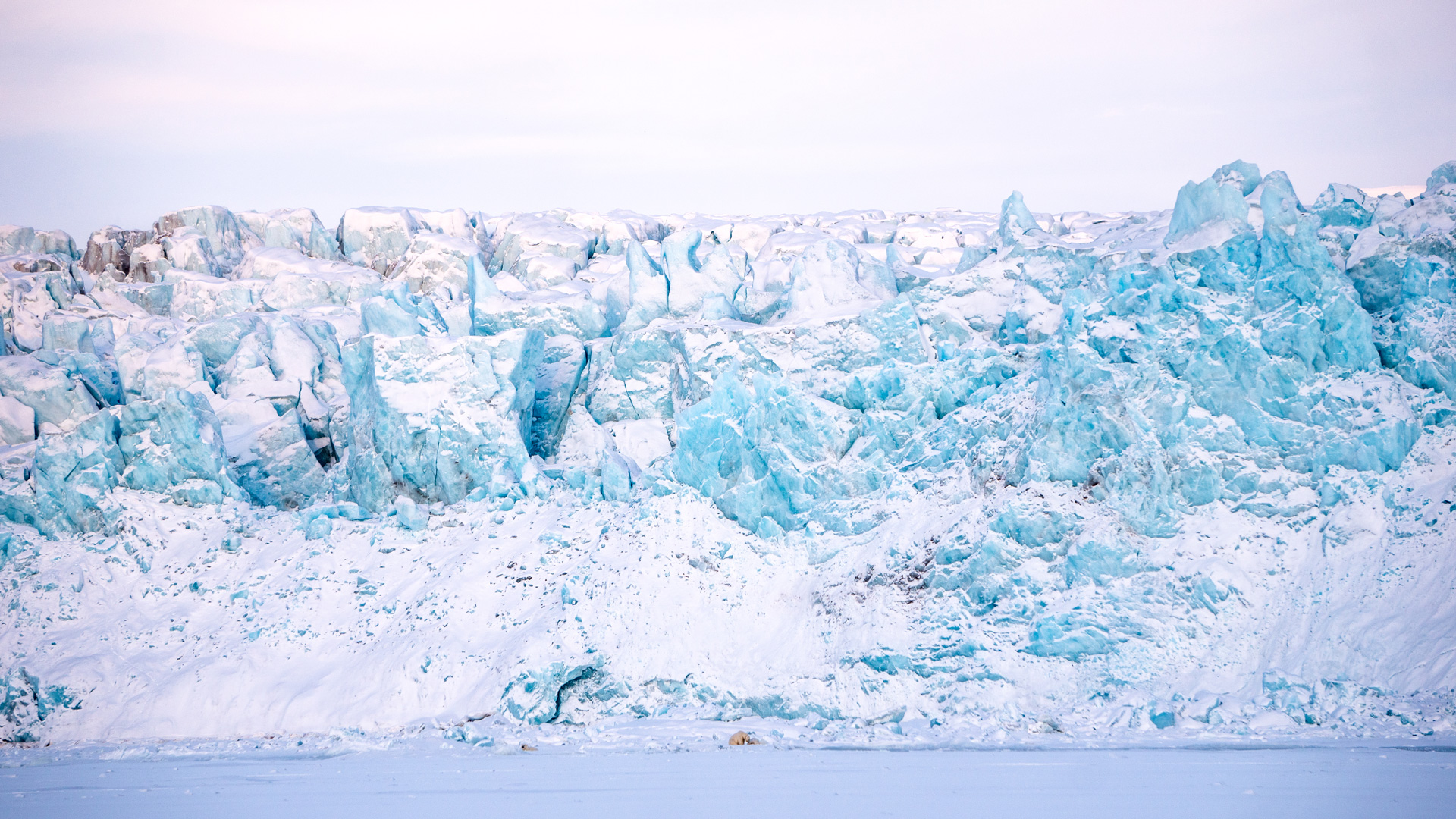
Meet Dr. Heïdi Sevestre — A Glaciologist, International Fellow of The Explorers Club, and Director of Outreach for International Cryosphere Climate Initiative who works hard to make climate change science more accessible to policy¬makers and the general public!
Her (mostly) field¬based research focuses on glacier dynamics in the Arctic and the structure of ice shelves in Antarctica, but she can also be found giving public lectures and visiting schools and universities.
We were lucky enough to be able to interview Dr. Sevestre recently, and get a bit more insight into her work as a Glaciologist and the challenges around climate change that face the world today
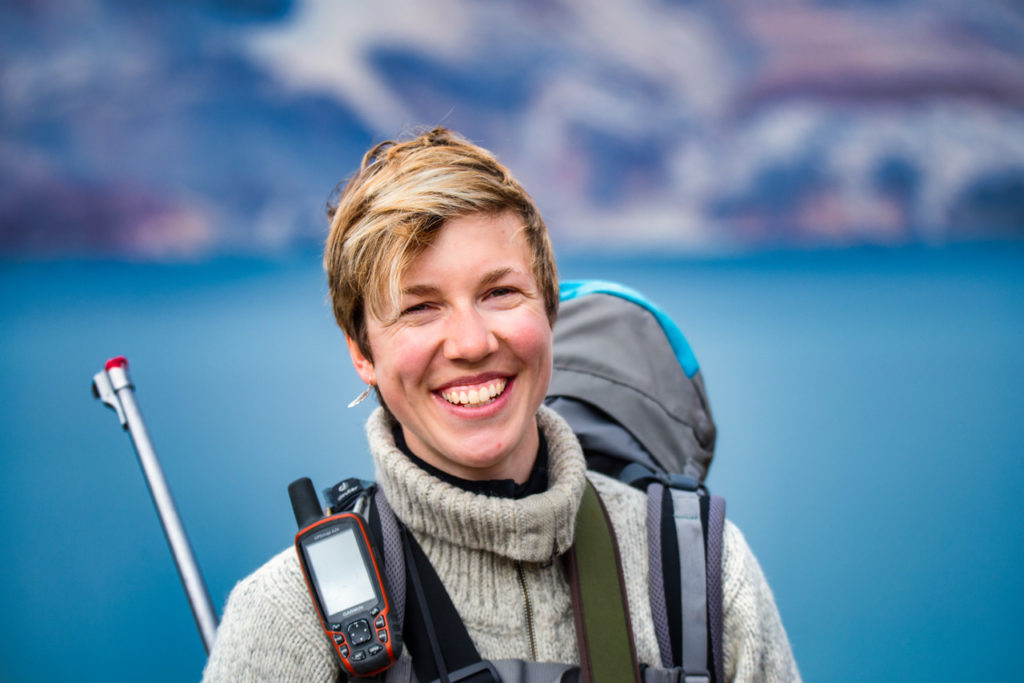
AGI: Tell us more about how and why you decided to become a Glaciologist.
Dr. Heïdi Sevestre: I was born in the heart of the French Alps, so I spent my entire childhood and teenage years doing a lot of mountaineering. I’ve always been super passionate about mountains and high-altitude environments. When I was about 17 years old, I met a mountain guide who told me that some people were getting paid to study glaciers — paid to study these beautiful environments — and that they were called Glaciologists. I thought, “Okay, that sounds like a really cool job! At least it will give me a good excuse to spend a lot of time high up in the mountains or in the polar regions.” Since then, that was all I’ve wanted to do and I’m really proud that I’ve managed to do that.
Also, at the time I began studying geography and glaciology, climate change was becoming a very big concern and it really put a spotlight on studying glaciers and the science of glaciology. So not only was I passionate about these environments, but we were also starting to understand how quickly theses environments were reacting to climate change and how important they are. So, it was a combination of two things that made me become a Glaciologist and it’s made my job worthwhile and important.
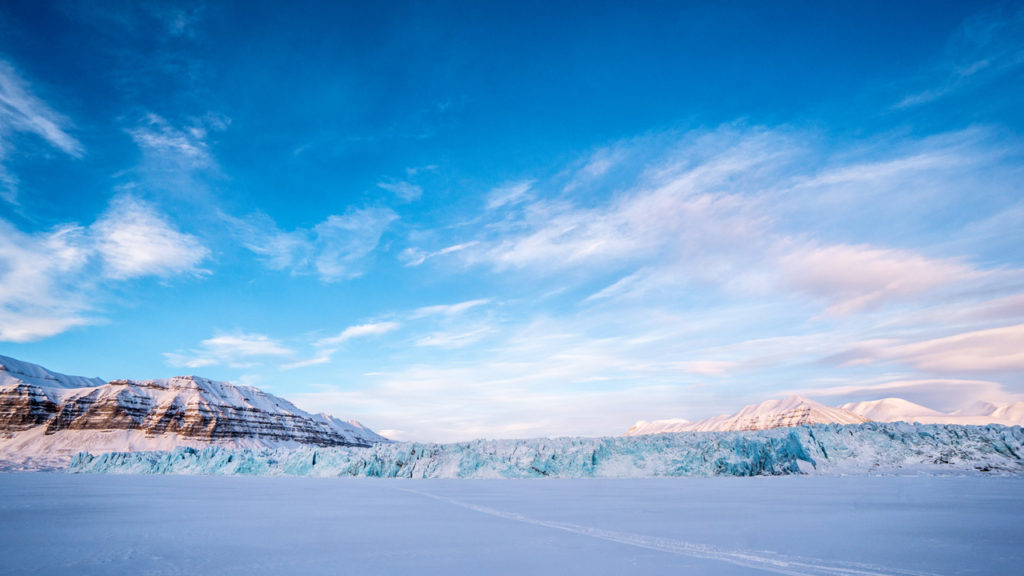
AGI: During your time studying and researching glaciers, have you seen them melt away more and more over the past ten years?
HS: Yeah, the situation now is extremely alarming. The cryosphere basically encompasses everything that is frozen on earth glaciers, snow, ice sheets, sea ice, permafrost. And you can have river ice and lake ice. Everything that has a little bit of ice in it is a part of the cryosphere. And because the cryosphere is made of frozen water, it reacts very very quickly to climate change. What we are seeing at the moment is that all over the world, glaciers are melting and disappearing extremely rapidly. We are getting less and less snow, sea ice is retreating very quickly in the arctic even our big ice sheets are close to collapsing. All parts of the cryosphere are melting very quickly.
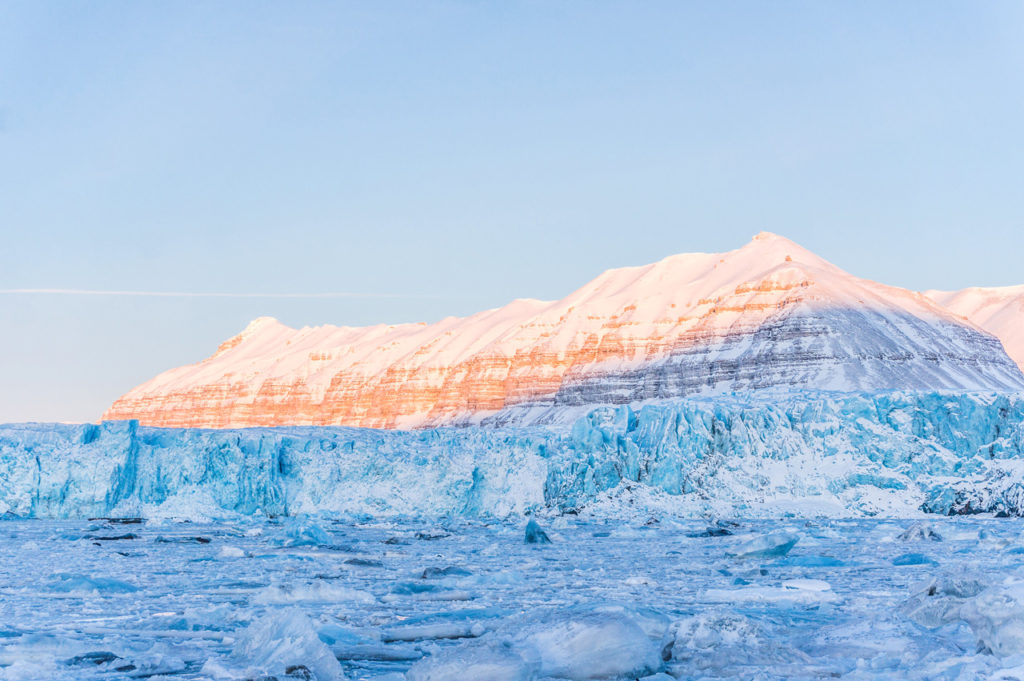
AGI: How do you see the future of protecting the environment?
HS: To me it’s very important to realize that we cannot expect anyone to make a decision on our behalf that will change the world. Just like we cannot expect a new technology to come and solve the climate crisis with the click of a button. There is a big division between the people who want to solve the climate crisis at its core, which is the use of fossil fuels, and the other school of thought which is to create technologies that will somehow suck CO2 from the atmosphere, bury it into the ground, or refreeze the Arctic or the Antarctic. These technologies are being developed at the moment, but they are not being developed fast enough to solve our climate crisis.
We know what the problem is, and it’s very simple. Every time we burn fossil fuels, we emit greenhouse gasses and this is what’s creating the climate crisis nothing else. So, if we want to solve the climate crisis today, as quickly as possible, we need to get rid of fossil fuels.
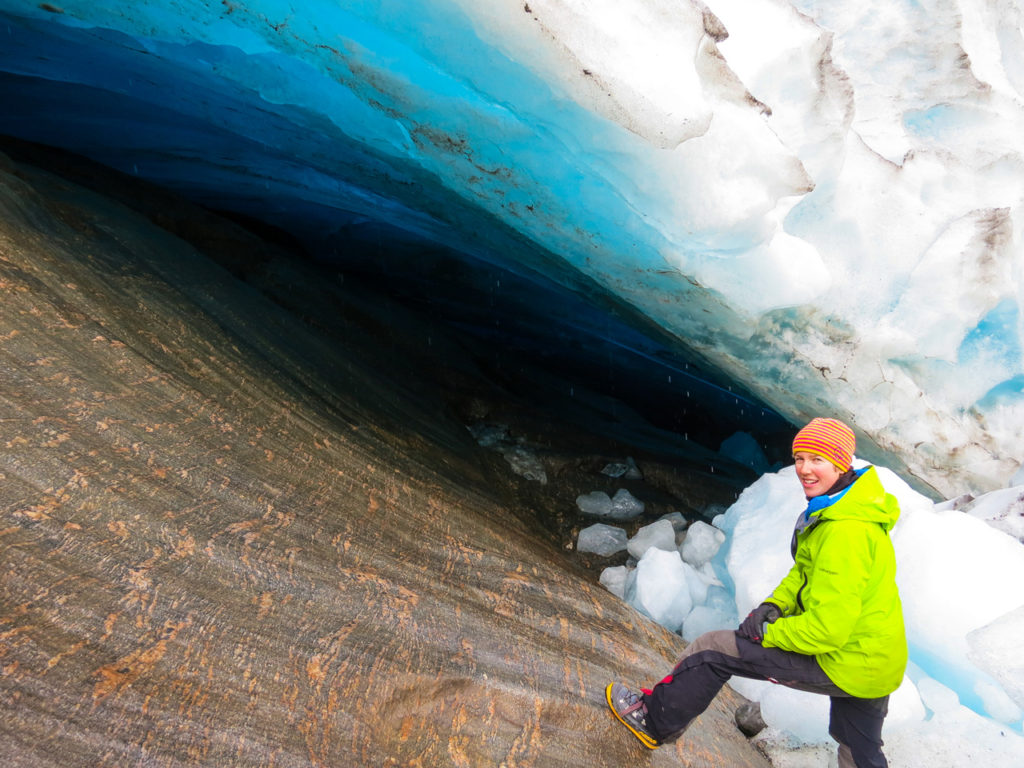
AGI: Do you think part of climate change is about a new ice age coming and not just pollution?
HS: Climate change is very complex and it’s super important to go back to the basics. I think that this is what this question is all about. Basically, climate has always been changing. If we look at the past million years, the earth has had periods with ice ages and periods that we call interglacial periods. So, during ice ages, we have a lot of ice on the Earth and during interglacial periods the ice is melting. The earth has been following this natural cycle for millions of years. This was completely normal and wasn’t created by human activities at all.
But today, we know that the current change in climate has nothing to do with natural variability. The change in climate we are observing today is not caused by the sun, by volcanos, by tectonic movements. We are 100% sure that the current change in climate we have been observing for the last 140 years is directly related to our activities. There is absolutely not a shadow of a doubt about this. We burn fossil fuels, releasing greenhouse gasses into the atmosphere, and these greenhouse gasses in the atmosphere are able to capture more and more heat. So instead of this heat being released into space, the heat is trapped on earth. That’s why our planet is getting warmer and warmer every year. We know that we are the source of the problem — but we are also the source of the solution. If we know that burning fossil fuels is the biggest problem, we know that in order to tackle climate change we need to reduce our burning of fossil fuels as quickly as possible.
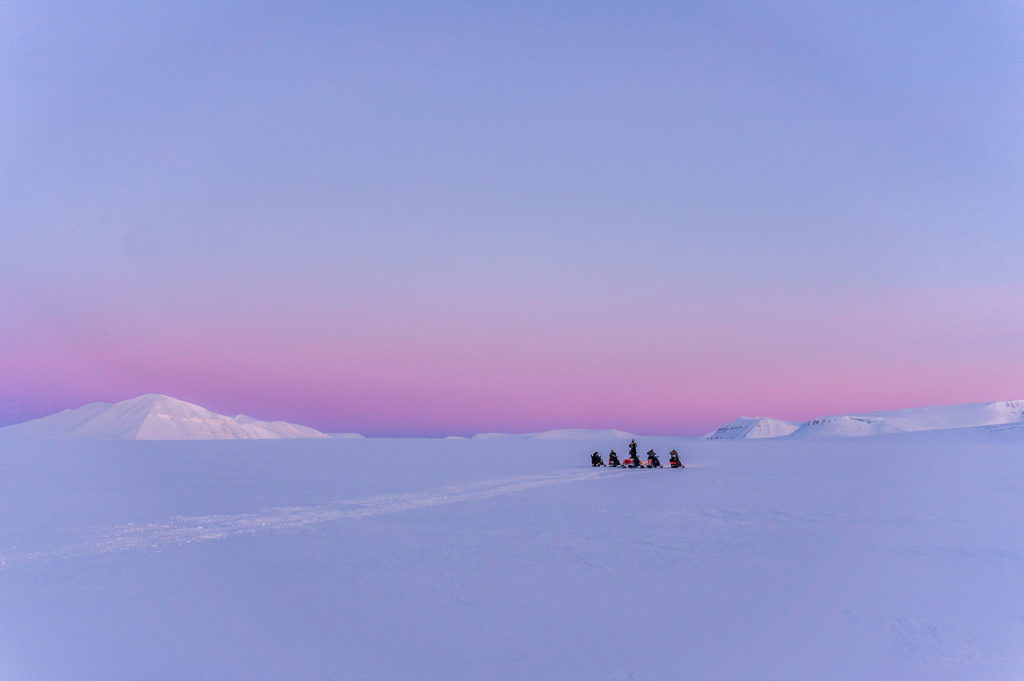
AGI: What do you think the fashion industry can do to help with fighting climate change?
HS: A lot of people are pointing the finger at the fashion industry because it appears to be an industry that has a tremendous carbon footprint, that’s moving so fast and not focusing on fighting climate change. We are starting to see that big changes are happening but, again, the changes are too slow. And when I say carbon footprint, maybe I should say environmental footprint – it’s not only the use of water but it’s also the dependency of the industry on fossil fuels.
And while we know that the fashion industry is a problem, I see more and more fashion designers and fashion houses talking about how can they reduce their carbon footprint. They are already starting to act towards reducing it, which I think is tremendous. It all starts from somewhere. It could be reducing water consumption, reducing chemical use, reducing the use of fossil fuels. It just needs to go in that direction as quickly as possible and I really encourage the fashion industry to work with scientists to make sure they don’t forget any aspect of their work and ensure that they are able to reduce their carbon footprint as quickly as possible. We really look forward to working with the fashion industry in that sense.

We’re so grateful we had the opportunity to chat with Heïdi and learn more about the incredibly important work she’s doing to help educate the public about climate change. If you’d like to learn more about Heidi and her work, check out a few of the links below and see how you can help fight climate change at home!
https://www.heidisevestre.com/
https://www.climatesentinels.com/
Keep up with all of Heïdi’s adventures here:
https://www.instagram.com/heidisevestre/
https://www.facebook.com/DrHeidiGlaciers/
https://twitter.com/heidisevestre